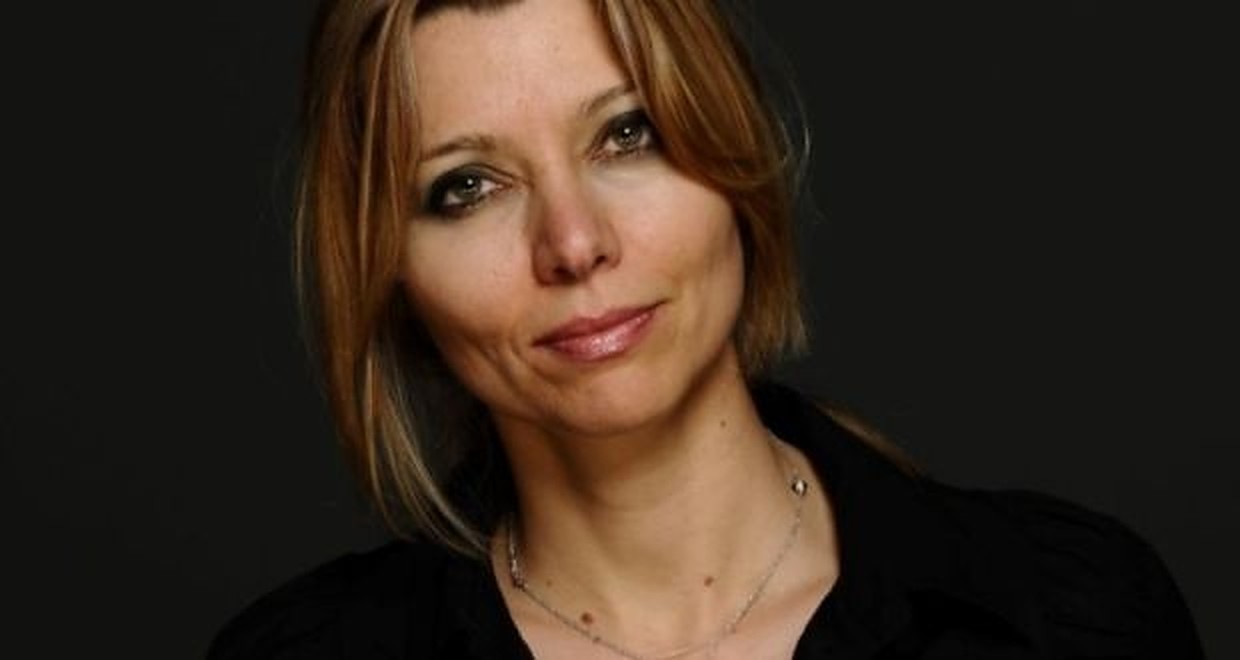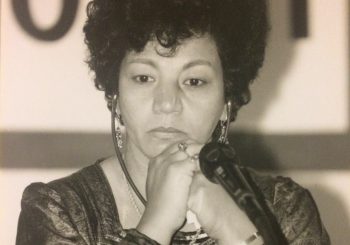Freedom needs space to move, French philosopher Simone de Beauvoir once observed. In the case of women attaining their freedom, there is usually little space for them to “see their bodies through their own gaze,” since the gaze of society, of their families, and of men permeates most cultures.
How can women, then, become who they desire to be, beyond what the outside world – the outside gaze – thinks of them?
Renowned Turkish author Elif Shafak provides an honest introspection of her womanhood in Black Milk (2007), which details her experiences with anxiety, identity, and depression as she struggles to balance a writer’s life with a mother’s life, while endeavoring to become her own kind of ‘woman’.
The book reads like a stream of water flowing along her body’s surface, carrying the names and stories of all of the women she encountered throughout her life. It is divided into a chapter of a story of one woman writer’s experiences and struggles, followed by a chapter that goes inside the “harem of women” who live inside of her, each symbolizing a part of her personality – the intellectual, the goal-oriented and ambitious, the practical-rational, the spiritual, the maternal, and the lustful.
At first, it can be difficult for the reader to truly visualize these “little women” inside of her, for despite the fact that they all have their own names, unique style of dress, and personalities, it is not made clear as to whether it is Shafak speaking through them or whether they are independent of her. Shafak’s voice is often overshadowed by the powerful and assertive aura of the ‘other’ women inside of her, each espousing full confidence in who they are, while her own timid, insecure voice is only noticed when she responds to their speeches and conversations.
When she asks for their opinion on having children, for instance, each of them aggressively impose their view while she looks at them with hesitant “puppy eyes.” Little Miss Practical tells her to “snap her fingers and find a nanny,” while Miss Ambitious Chekhovian scolds her for even considering the option of having children, arguing “with all that we have to do ahead of us, it is hardly time for children!”
Ironically, this disconnect is one of the book’s major strengths; it allows the reader to recognize that these other women do not truly represent her, but rather, they present an illusion of confidence; they are merely a mirage that hides the deep core of Shafak’s personality, which is piled with insecurities, doubt, and mixed emotions.
The stream of water is constantly overflowing with different women’s stories rather than her own. Throughout the book, Shafak observes others and ponders whether or not they chose the optimal lifestyle for a woman, and accordingly, if she could emulate them to reach her own ideal state of being. From narrating the lives of other renowned writers such as Anaïs Nin and Sylvia Path, to the less known married women she encounters in her own life, Shafak floats on the stream of water aimlessly, moving from one woman’s life to another, failing to reach the deep core she holds within.
Shafak recognizes that a common theme holding all of these stories together is the question of anonymity and visibility, and how far a woman, particularly a woman writer, can go in achieving fame, ownership and recognition for her work in comparison to men. While men enjoy the privilege of fame and visibility throughout their lives, women often have to go through phases where they suddenly drift away and fall into a black water abyss that hides them from the world. Motherhood, romantic relationships, and family life are usually triggers, as evidenced by the tragic story of Zelda Fitzgerald. Fitzgerald struggled to rise above being her husband’s (Scott Fitzgerald) shadow and her position as a “back-seat driver,” vying endlessly to earn recognition for her own accomplishments.
Though it seems like merely a story of a woman’s own personal crisis, Black Milk is also a story of freedom and politics. Shafak cleverly chooses to describe her own internal war with political terminology, such as ‘democracy’, ‘dictatorship’ and ‘oligarchy’. At first, the relation between these terms and her personal crisis isn’t quite pointed out, but later in the book the reader can discern that her journey to womanhood is political; it is only when she learns to let go – to allow each woman inside of her to take up their own space – does she begin to feel more at ease and content with her own being as a woman.
Instead of choosing to live in a dictatorship, the little women inside of her begin to tolerantly accept one another and embrace their differences. Whether it is an internal war or an external war, the book seems to send a key political message that pushes for diversity, tolerance, and plurality.
Across the Middle East and North Africa (MENA), women have been in constant conflict with not just an external political system, but also an internal one. From the tragedy of wars, terrorism and economic crises, women in the region had to bear the brunt and face their own internal, yet silent, wars. In one study, it was found that depression is ranked more highly among MENA’s women than any other region.
But Shafik’s book can be used to assist in better understanding womanhood in Egypt, and help Egyptian women come to terms with the reckoning that finding yourself is not just an intimate act, but it’s also political.







Comments (0)